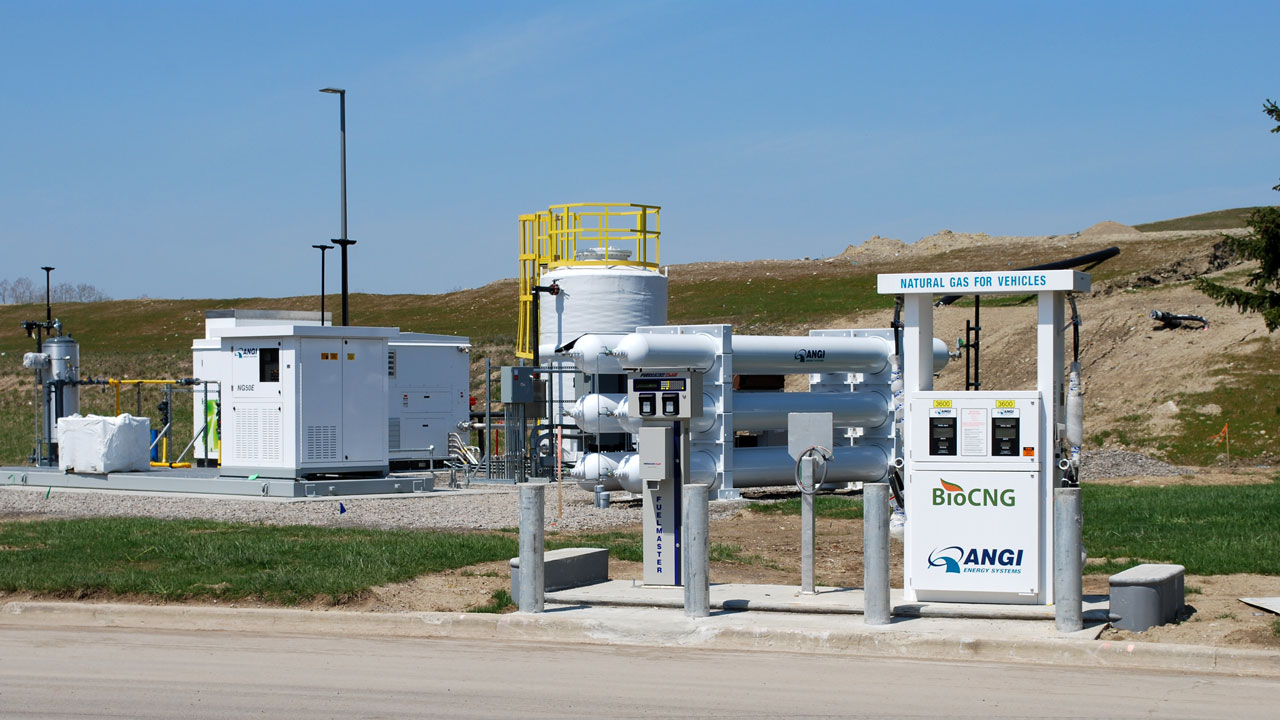
Tetra Tech’s Paul Stout, vice president of our solid waste solution’s west region, specializes in landfill gas and renewable natural gas projects.
In this post he provides insight into California’s leading role in getting other states to adopt sustainable energy regulations.
Another year gone and another year of innovation and development in the landfill gas (LFG) industry. The regulations keep coming and more creative and cost-effective means to control and utilize landfill gas keep developing. Here’s my take on what I think is going to be a very bright future for this young industry, despite the very real push toward eliminating waste that produces LFG.
Electrical Projects Have Worked in the Past and Will Continue to Be Prevalent in the Future
Recent improvements in both internal combustion engines and turbines have led to greater electrical output with lower emissions and I think this trend will continue. Coupled with increasing regulations in the deregulated electrical markets, the requirements of electrical providers to provide “green power” will continue to support LFG-to-electricity projects. Though wind and solar have decreased the desire for many utilities to provide pricing for biogas to electric that can cover the cost of producing the electrical power, offsetting onsite demand at wastewater treatment plants or other facilities through net metering should continue.
LFG-to-Pipeline Gas Will Largely Increase in the Future
Filtering and cleanup technology advancements have led to improvements in the ability to clean LFG to meet pipeline standards. Also, regulations are slowly changing to aid the LFG-to-pipeline industry.
Direct-Use Projects Also Will Continue to Flourish
Often the best project financially, the issue has always been getting transmission of the LFG from the landfill to the end user. These projects will continue with further development of surrounding communities toward the landfills, easing of right-of-way issues, or simply the cost effective supply of “green” gas.
LFG to Vehicle Fuel Projects Increased
Four months ago, I paid $4 a gallon for gas. Albeit I live in California, gas fill-ups across the country were still above $3 per gallon. As such, projects that convert LFG to vehicle fuel will increase. There were nine such projects at a recent biogas conference I attended, and I would say there will be 25-100 more within the next few years.
Fuel Cells Will Not Be Going Mainstream Soon
Fuel cells have been around for decades. Different techniques for converting methane to hydrogen have been developed and put into application, including one project that BMW is working on to fuel their fleet of hydrogen-powered material handling equipment. However, full-scale commercialization looks far off to me, until the U.S. Department of Energy, along with its commercial partners, makes better progress with fuel cell development.
With the growing population and an upturn in the economy, we will likely see an incredible demand for power. The organic material within landfills contain a great deal of power, and this demand increase will lead to invention and improvements in our current forms, internal combustion engines and turbines, cleanup technologies to go into pipelines, conversion to vehicle fuel, and the creation of other ways to harness that power.
About the author
Paul Stout
Paul Stout is vice president of Tetra Tech’s solid waste west region business unit.
He has nearly 30 years of experience in air quality and landfill gas projects and is a leader in the LFG sector.